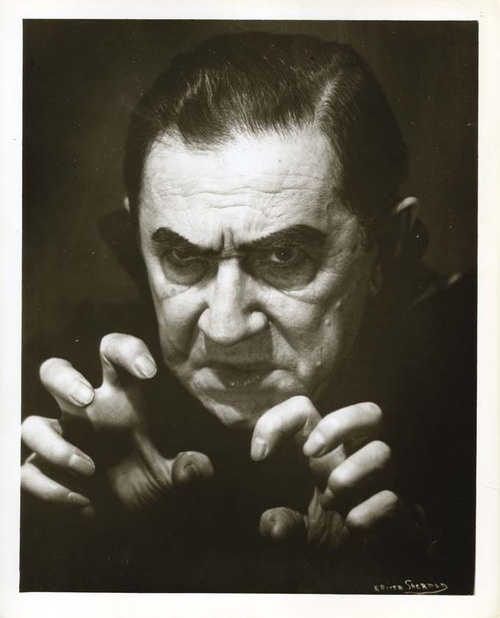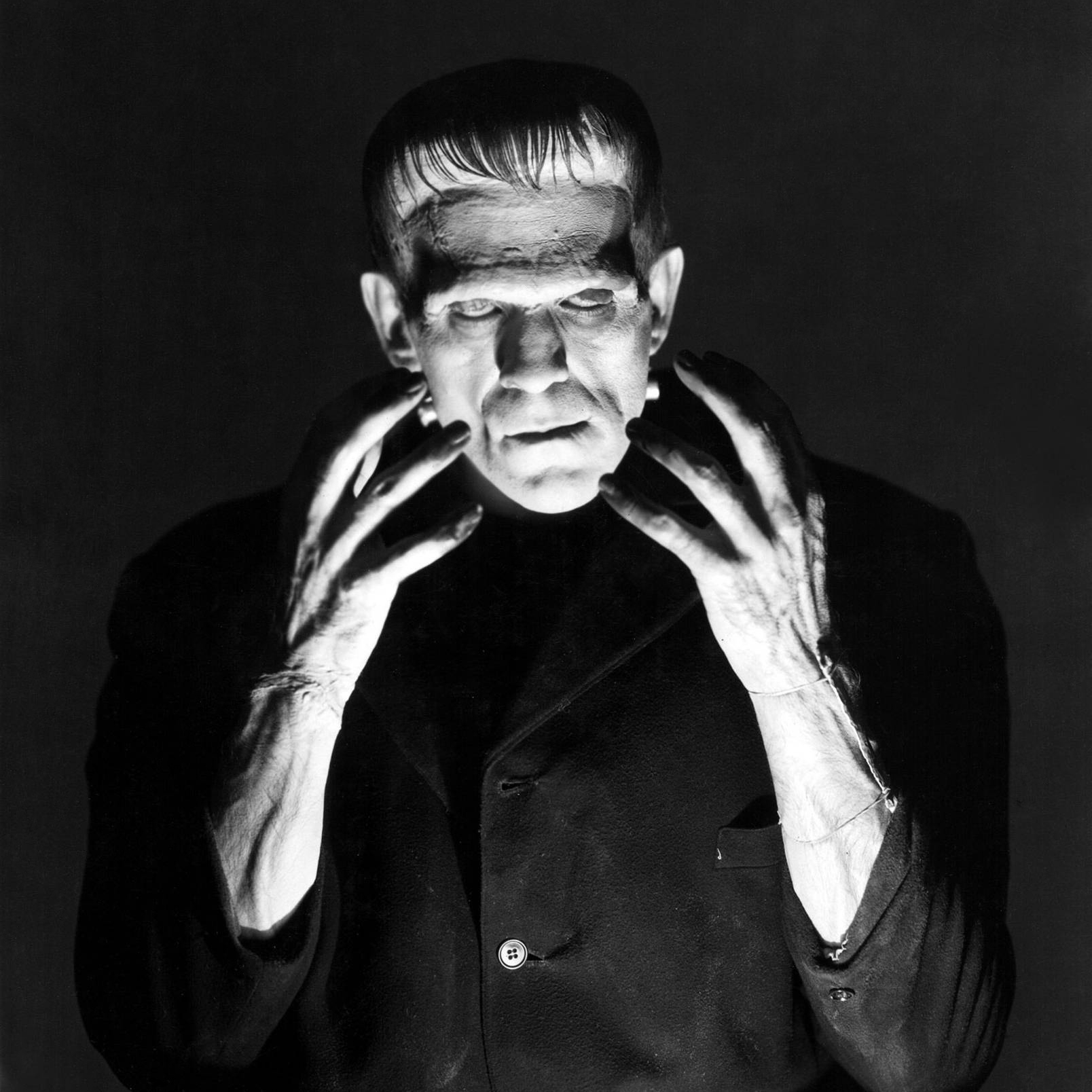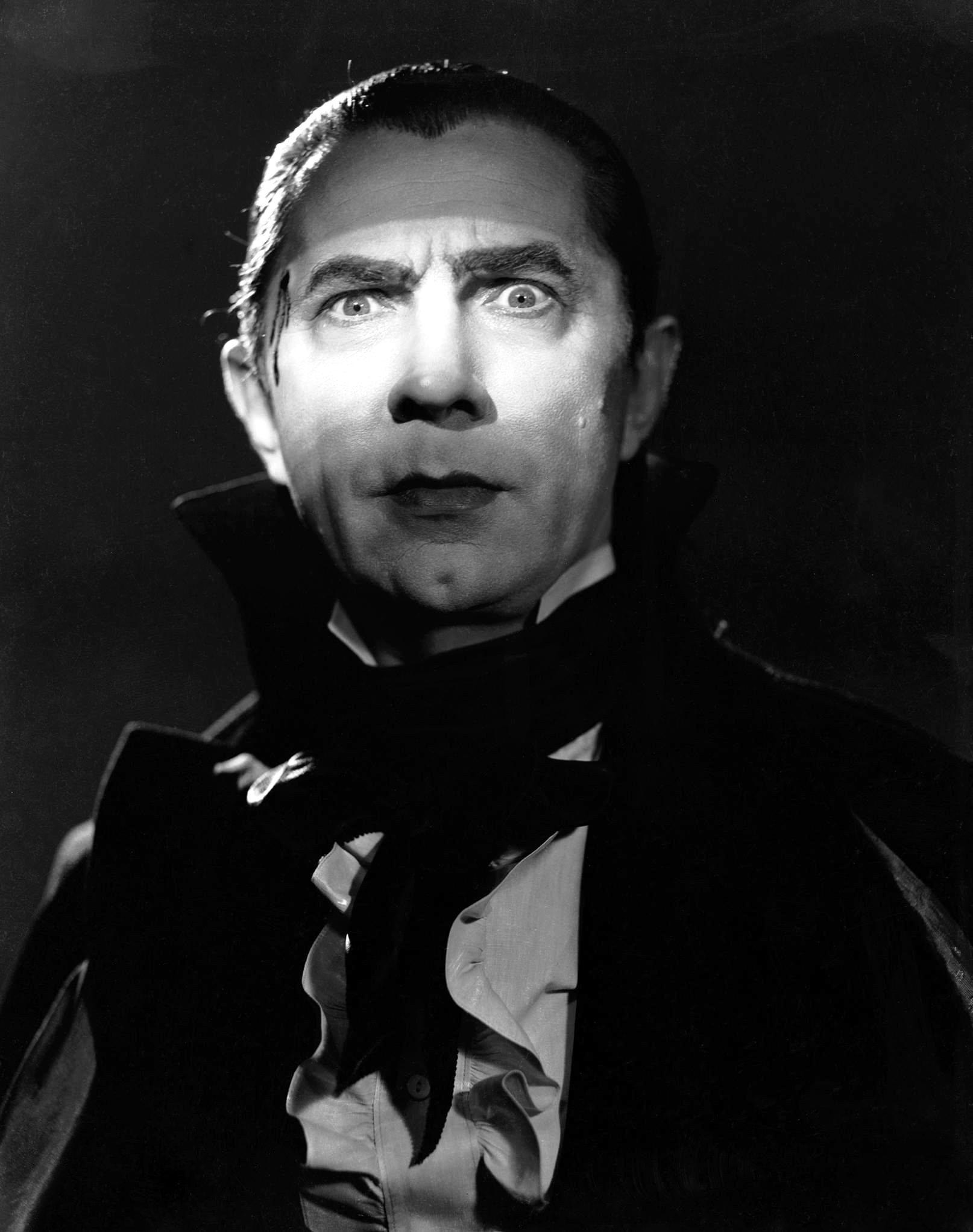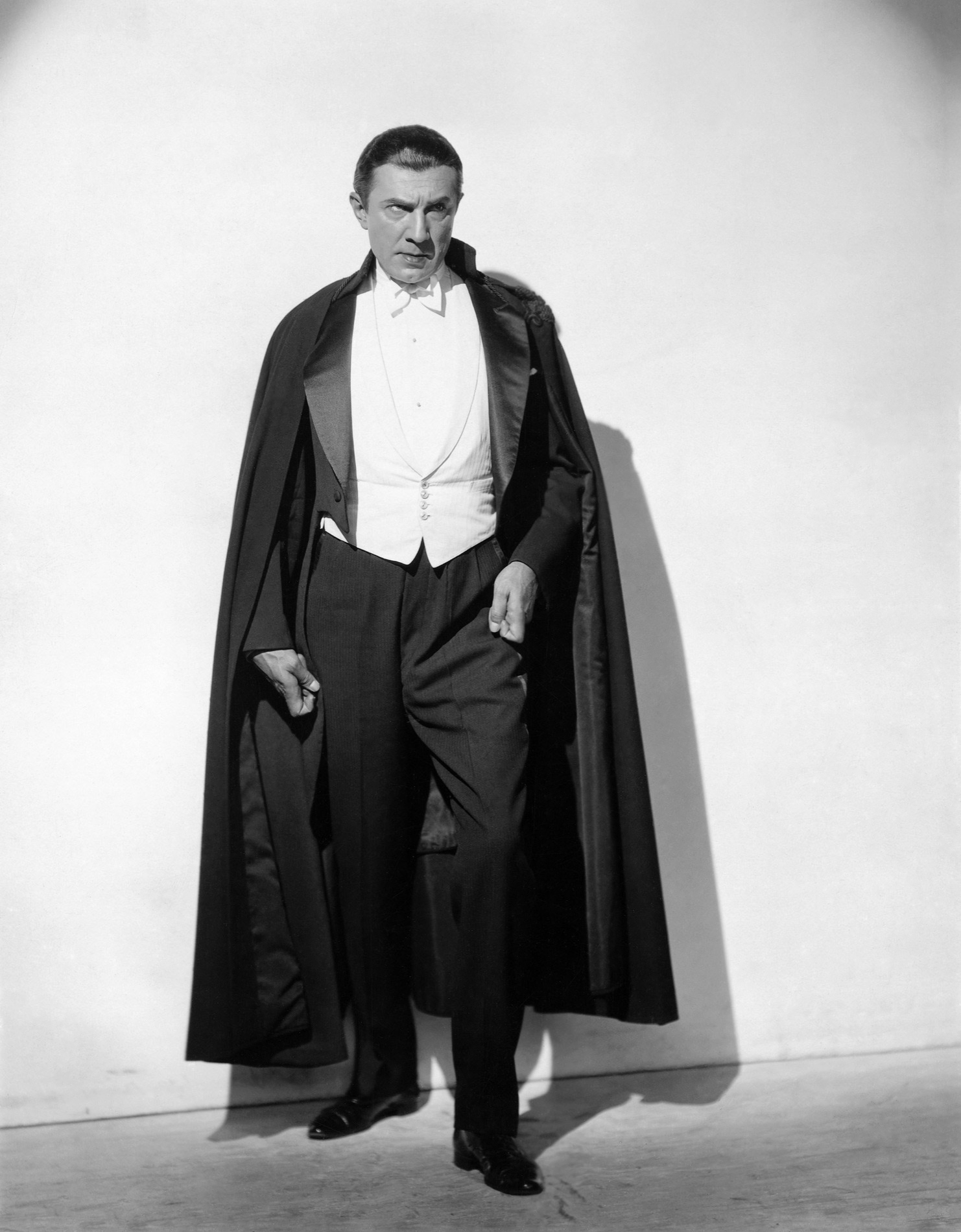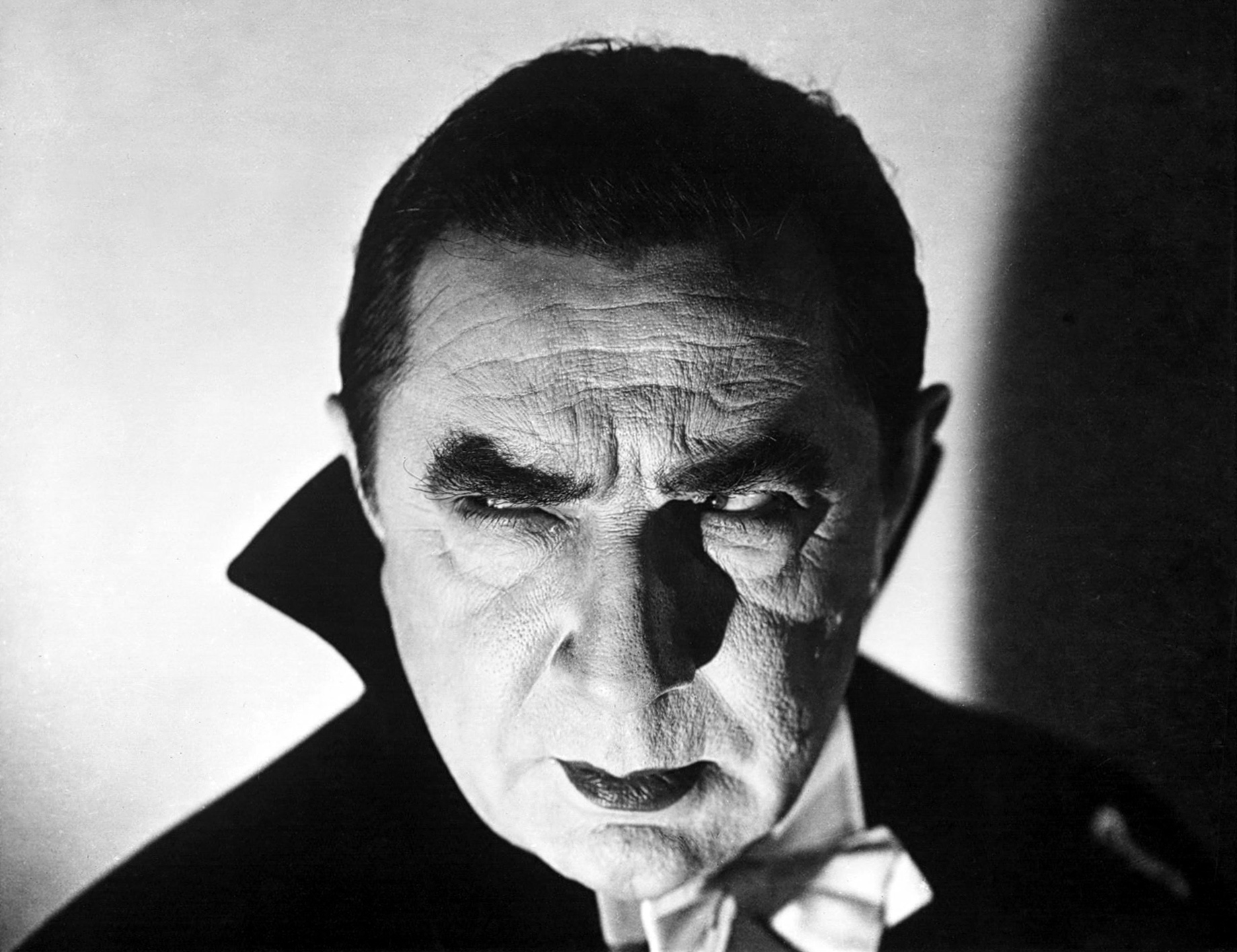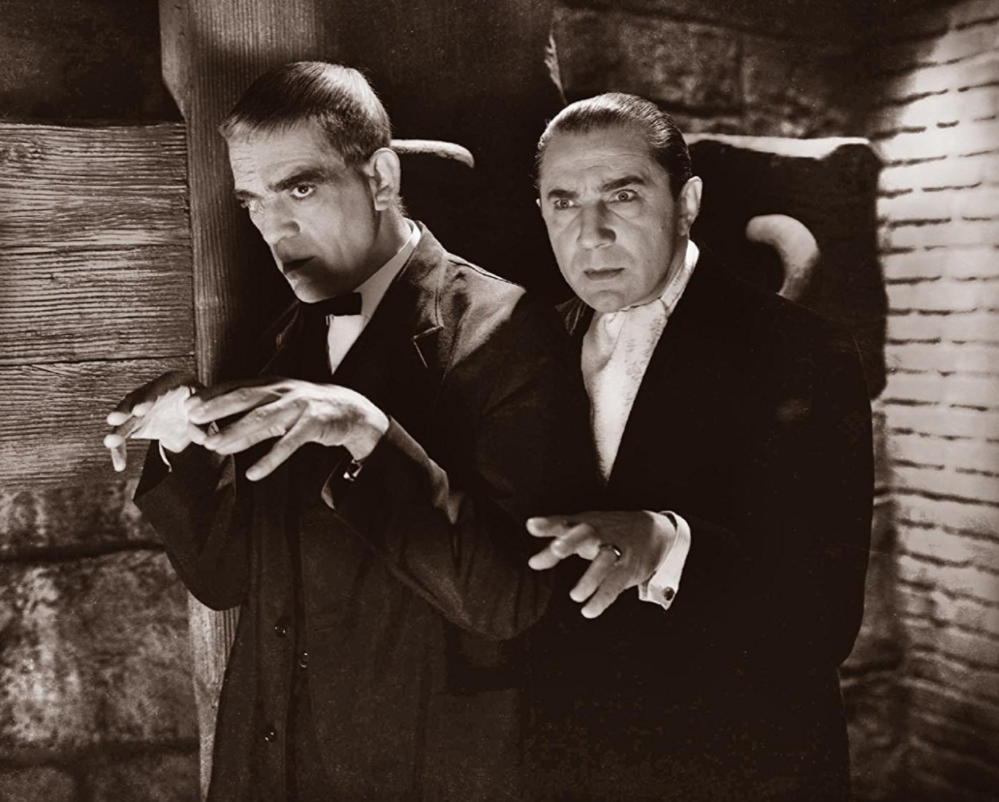Listen to this episode on Apple Podcasts.
Forgotten by Hollywood, struggling with morphine addiction and a dependency on alcohol, at the end of his life Bela Lugosi was welcomed into a rag tag bunch of micro-budget movie-making freaks led by Edward D. Wood Jr,, who would later become known as the worst filmmaker of all time. Through their collaborations on movies like Glen or Glenda? and Bride of the Monster, did Ed Wood help Bela, exploit him, or a little of both? Featuring Taran Killam as Bela Lugosi and Noah Segan as Ed Wood.
SHOW NOTES:
Sources:
The Moguls: Hollywood's Merchants of Myth by Norman J. Zierold
The Immortal Count: The Life and Films of Bela Lugosi by Arthur Lennig
Silent Stars by Jeanine Basinger
A History of Horror by Wheeler Winston Dixon
Tome of Terror: Horror Films of the 1930s by Christopher Workman and Troy Howarth
City of Dreams: The Making and Remaking of Universal Pictures by Bernard F. Dick
Universal Studios Monsters: A Legacy of Horror by Michael Mallory
Lois Weber in Early Hollywood by Shelley Stamp
Ed Wood: Nightmare of Ecstasy by Rudolph Grey
Music:
All of the music used in this episode, with the exception of the intro and outro, is from royalty-free music libraries and licensed music collections. The intro includes a clip from the film Casablanca. Outro song: “Bela Lugosi's Dead” by Bauhaus. Excerpts from the following songs were used throughout the episode: "Waltz For Cello 1" by Jonatan Järpehag, "Mystery Minute 1" by Anders Ekengren, "Mercy Of The Wind 1" by Peter Sandberg, "Mercy Of The Wind 5" by Peter Sandberg, "Optical Delusion 3" by Håkan Eriksson, "Some Autumn Waltz 1" by Jonatan Järpehag,
"Eccentric Vibes 4" by Håkan Eriksson, "Reflectif" (artist unknown), "At The Riviera 1" by Peter Sandberg, "Gagool" by Kevin MacLeod, "Etude No 3 For String Quartet" by Peter Sandberg,
Sponsors:
This episode is sponsored by Squarespace and Blue Apron.
Credits:
This episode was edited by Sam Dingman and Jacob Smith, and produced by Karina Longworth with the assistance of Lindsey D. Schoenholtz. Featuring Taran Killam as Bela Lugosi and Noah Segan as Ed Wood. Our logo was designed by Teddy Blanks.
